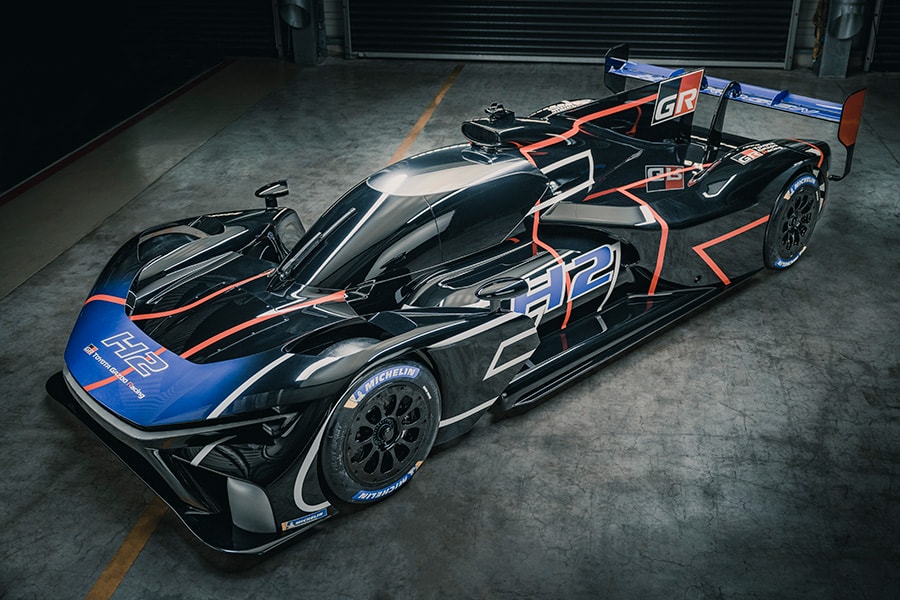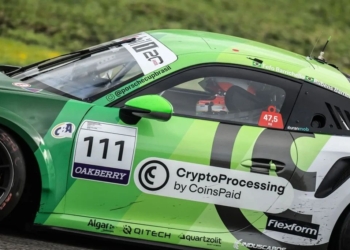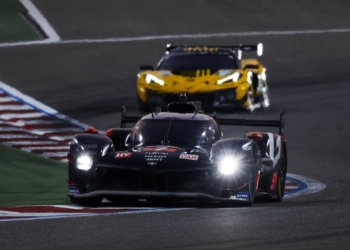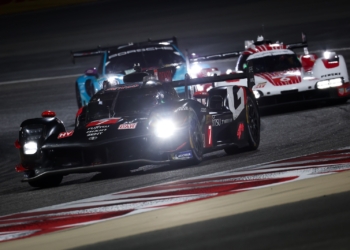Hydrogen is gaining traction as an alternative to traditional fossil fuels. Yet, for this material to be fully adaptable to widespread use, it must be suitable for any purpose, including fuelling motorsport cars, and be able to operate at high speeds.
In this article, we will discuss hydrogen racing cars, their history, current achievements, and whether they will one day become the leaders in racing, offering a 100% chance to win on platforms like Mostbet.
What Is a hydrogen engine?
The hydrogen currently fuelling engines in cars are a lighter and cleaner alternative to petroleum or electricity, which is generated by the combustion of coal and natural gas.
The hydrogen engine operates either by burning hydrogen or by using it to generate electricity, which is then utilised to power the car.
For example, in cars like the Toyota Mirai or Hyundai NEXO, hydrogen is stored in a fuel tank. The car uses the fuel cell to split the hydrogen molecule (H2) into electrons and protons. The electrons (electricity) later flow through the wire to create electricity.
The protons are then connected with electrons and oxygen (O2) to produce water. Such a process is considered more effective than using hydrogen combustion. It is more efficient, meaning it goes faster and/or further on the same amount of hydrogen.
It also has fewer moving parts and is safer, as hydrogen combustion cars are more likely to explode when designed poorly.
Since hydrogen is derived from water and then converted into hydrogen through steam methane reforming and electrolysis, it is stored, chilled, and compressed into the car’s tank. It is then transported to the gas station by pipelines or trucks. It can also be made at the hydrogen station in minutes.
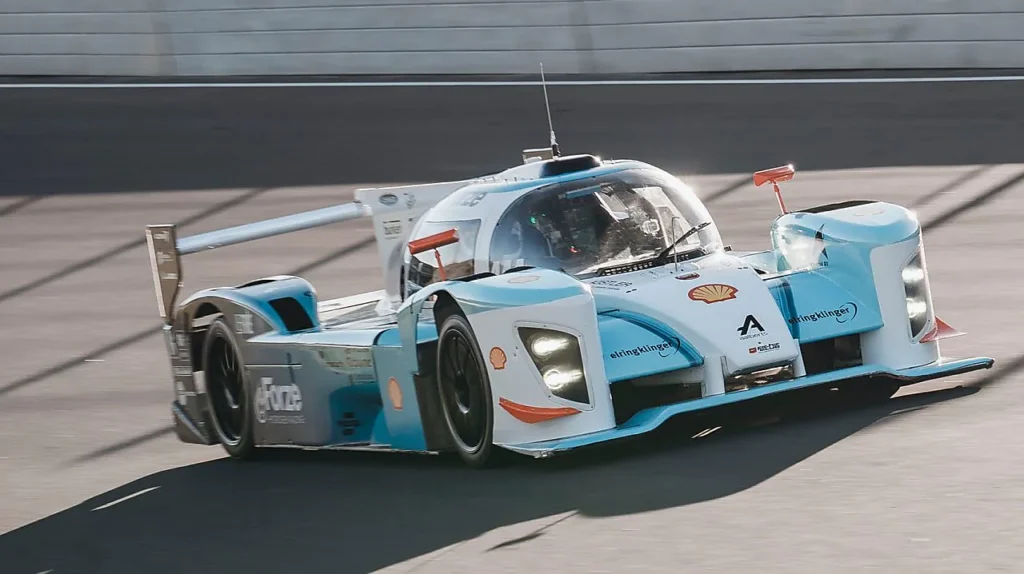
What is the history of hydrogen cars?
The first car to use hydrogen as fuel was the Chevrolet Electrovan, created in 1966 by General Motors. The Toyota FCHV and Honda FCX became the first government-certified commercial hydrogen fuel cell vehicles.
In 2006, BMW created 100 luxury test models of the BMW Hydrogen 7 to prove the concept. The first real-world hydrogen car used by everyday drivers was the Honda FCX Clarity. It was a commercially leased hydrogen car, available in small numbers, in 2008, and it was also an experiment to test its performance in real-world conditions.
In 2013, the Hyundai ix35 Fuel Cell became the first mass-produced hydrogen SUV, making hydrogen cars more practical.
The Toyota Mirai, introduced in 2014, has become one of the most successful hydrogen fuel cell electric cars, still being sold to date. The 2018 Hyundai NEXO has become one of the most efficient hydrogen vehicles available and one of the most popular.
Visibly, hydrogen cars are slowly entering the market to take their firm positions in the future. Still, as of now, one of the major barriers to their adoption is the difficulty of fuelling them. This year, Honda has introduced a hydrogen fuel cell SUV that combines a fuel cell with plug-in charging capability. This innovation can make hydrogen cars more accessible to users and increase their popularity on the mass market.
Racing cars powered by hydrogen
Racing cars powered by hydrogen are gaining interest from both amateurs and professionals. Most of the models are still experimental, yet promising.
For example, in 2017, the Dutch student team Forze developed the first motor racing car to participate in the Supercar Challenge in the Netherlands.
It can accelerate from 0 to 100 km/h in under 4 seconds, reaching a top speed of 210 km/h.
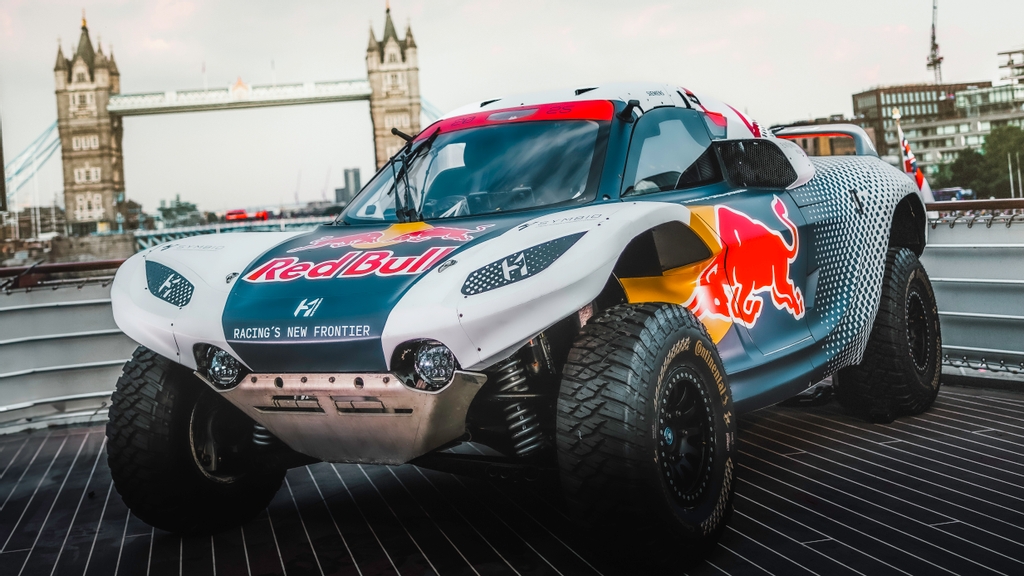
Toyota’s model, Toyota GR H2, is a hydrogen combustion prototype, built to compete in future racing events. It is planned that it will take part in the World Endurance Championship in 2028.
Pioneer 25 (Extreme H series) is a hydrogen-powered motor racing car designed to compete in off-road racing. FIA recognizes it as the world’s first hydrogen race series. The car is quite fast. It hits 0–100 km/h in 4.5 s, and its top speed is about ~200 km/h.
All of these models proved quite capable of competing with petrol-based cars in the world-class events.
For example, Forze and GreenG demonstrated that hydrogen racing cars can compete in real events. The BMW H2R demonstrated that hydrogen combustion cars can achieve the same speed records as conventional models, and the Pioneer 25 passed the rigorous crash tests conducted by the FIA, showing that the cars remain reliable in various situations.
Although the hydrogen racing car concept is still in development, it has already drawn attention and popularity.
The main constraint to pushing these models to the mass market is the safety concerns and high costs associated with hydrogen production. Yet, if engineers find ways to overcome these barriers shortly, the popularity of various hydrogen-powered cars will skyrocket, making the products popular worldwide.
As the current models promise high speeds and the ability to compete in races on par with conventional cars, they are likely to become the standard participants in competitions shortly.

